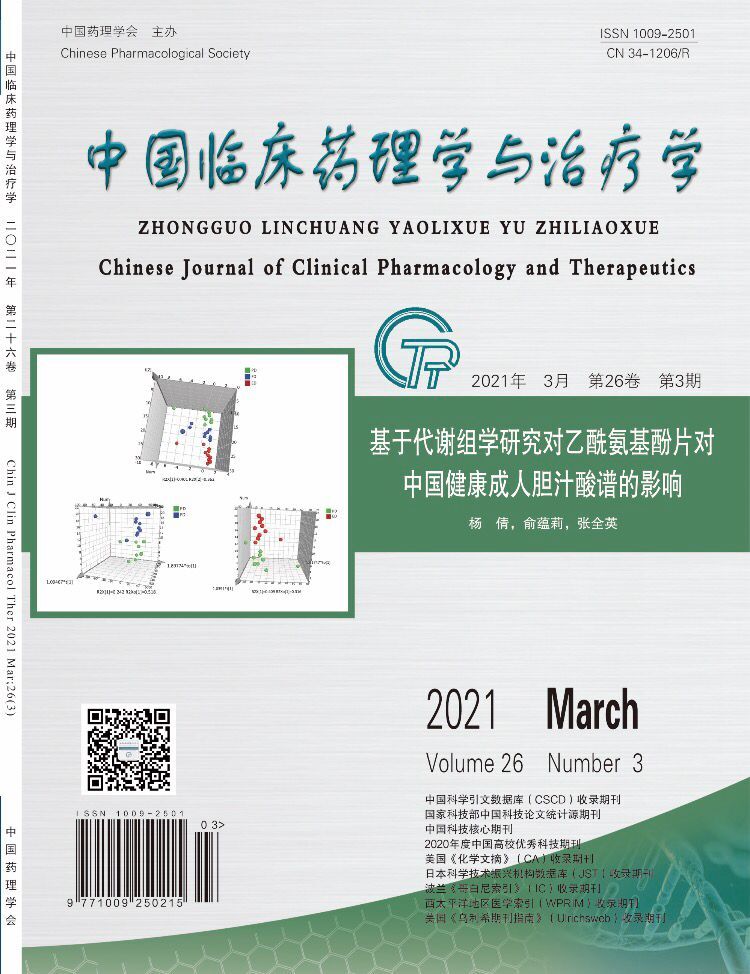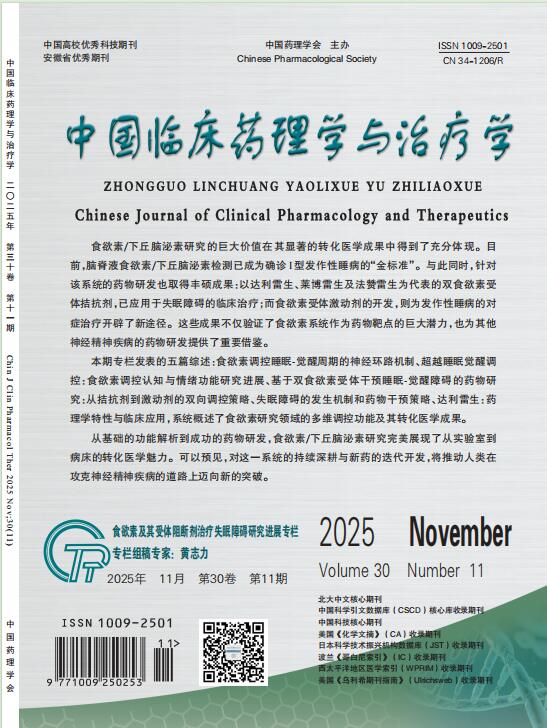Jolkinolide B inhibits the proliferation and metastasis of colon cancer cells via blocking PI3K/Akt/NF-κB pathway
CHEN Linjun, CHEN Wenbin
2021, 26(3):
250-257.
doi:10.12092/j.issn.1009-2501.2021.03.002
 Asbtract
(
455 )
Asbtract
(
455 )
 PDF (11530KB)
(
91
)
Related Articles |
Metrics
PDF (11530KB)
(
91
)
Related Articles |
Metrics
AIM: To study the inhibitory effect and mechanism of Jolkinolide B (JB) on the proliferation and metastasis of colon cancer HT-29 cells. METHODS: HT-29 cells were treated with different concentrations of JB, the cell proliferation rate was detected by MTT method, the cell clone formation rate was detected by plate cloning experiment, the cell cycle change was detected by flow cytometry, the cell migration ability was analyzed by wound healing assay, the cell invasion ability was studied by Transwell assay, E-cadherin, N-cadherin, vimentin, Snail1, Snail2, matrix metalloproteinase (MMP)-2 and MMP-9 protein expression levels were detected by immunofluorescence and Western blotting, and p-PI3K, PI3K, p-Akt, Akt, NF-κB P65and p-NF-κB P65 protein expression levels were detected by Western blotting. HT-29 cells were treated with 100 μg/L IGF-1 and 100 μg/L IGF-1+20 μmol/L JB, respectively. The expression of PI3K/Akt/NF-κB pathway related proteins was detected by Western blotting. RESULTS: JB inhibited the proliferation of HT-29 cells in a concentration-dependent manner, with an IC50 of 52.68 μmol/L for 24 hours; JB decreased the clone formation rate of HT-29 cells in a concentration-dependent manner (P<0.05); compared with the control group, the G0/G1 phase ratio of HT-29 cells treated with JB was significantly increased, while the S phase ratio was significantly decreased (P<0.05); JB could significantly inhibit the migration and invasion of HT-29 cells in vitro (P<0.05); the E-cadherin protein level of HT-29 cells treated with JB was increased, and the expression levels of N-cadherin, vimentin, Snail1, Snail2, MMP-2, MMP-9, p-PI3K, p-Akt, p-NF-κB P65 protein were significantly decreased (P<0.05). The expression of p-PI3K, p-Akt, p-NF-κB P65 in IGF-1+JB group was significantly lower than that in IGF-1 group (P<0.05). CONCLUSION: JB can inhibit the proliferation of HT-29 cells in vitro, induce cell arrest in the G0/G1 phase, inhibit the migration and invasion of HT-29, regulate the epithelial mesenchymal transition (EMT) and MMPs, and its mechanism may be related to the blocking of PI3K/Akt/NF-κB pathway.


